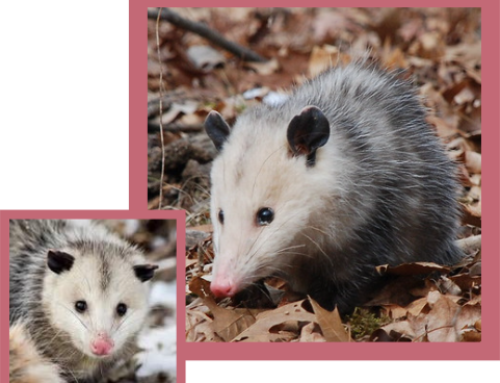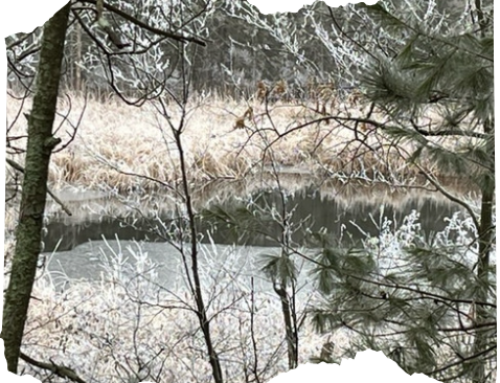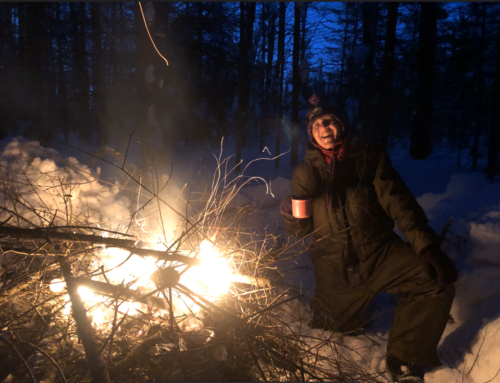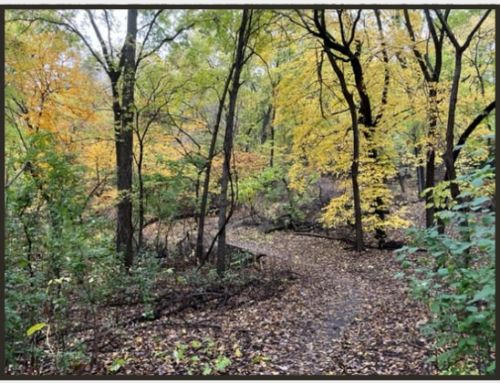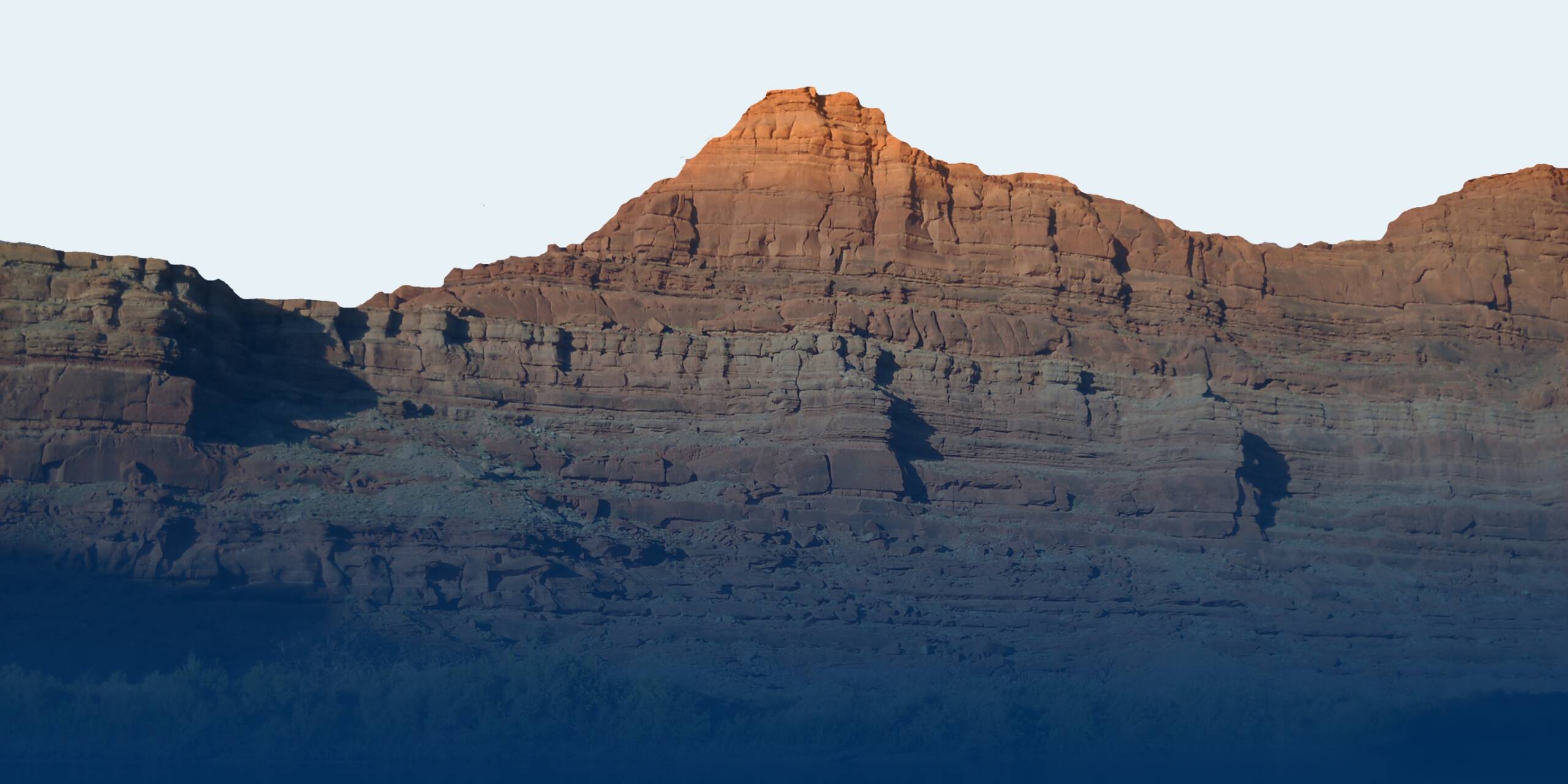For those who still can,
stepping outside right now is decidedly different.
Even at busy times of day
the primary sounds are from birds, not cars, not people.
The early migraters are returning
the year-round winged residents have changed their tune
from hushed winter chirps to rollicking spring song.
Some eggs are laid, some are hatched.
The natural world does not know this coronavirus.
Sap is running, ice is thawing.
Geese and swans fly in mighty Vs
sometimes in hundreds.
Buds are thickening.
Leaves of strawberry plants are starting to green up.
The first hint of yellow has appeared in the goldfinches at my feeder.
Seedlings are germinating
breaking the surface, spindly but upright
rising toward the grow lights on the stand.
Beavers swim, otters slide.
Young bucks are growing antlers.
And here we are.
We humans who have been abruptly halted
by something we cannot even see.
Maybe it’s our turn.
From Dutch Elm to Oak Wilt to Spruce Budworm
to endangerment and extinction,
life here on earth is not without peril.
Often, if we are honest, by our hands,.
So how are we, with our big brains, to handle this?
What might we glean from our Wild cousins
so familiar with adapting?
Perhaps it’s fortitude and the good sense
to live with rather than against nature.
Perhaps we will recognize connection to one another
in bolder more unflinching ways.
And, if we do this right—
and by that I mean with grace and compassion—
perhaps we’ll see ourselves in strangers.
Really see ourselves for the global family that we are.
And wrap our hearts and our mighty intellect
around protecting, preserving, and caring for
all who inhabit this beautiful world.
And even the world itself.
As we stand steady together
in sickness and in health.



